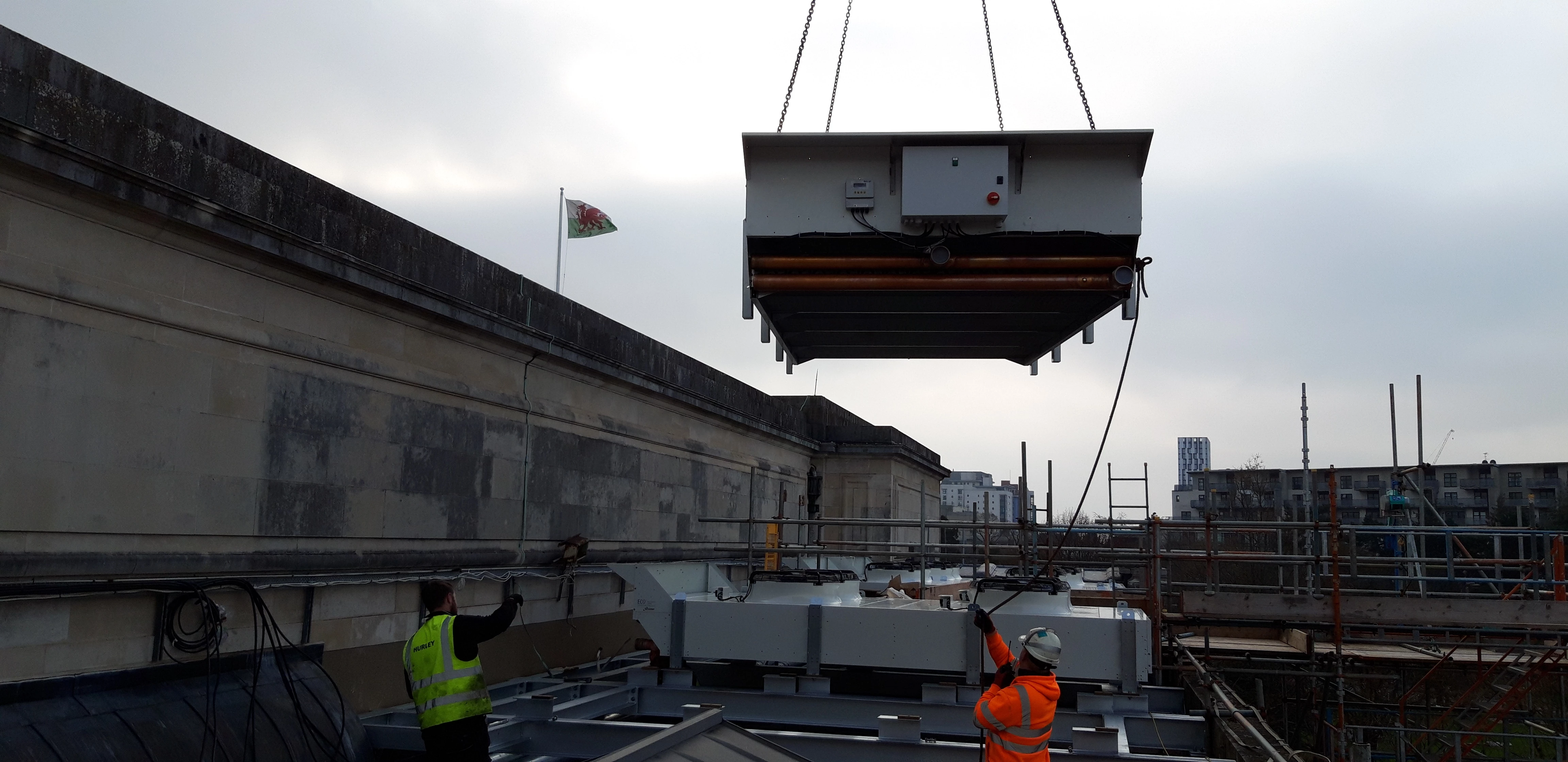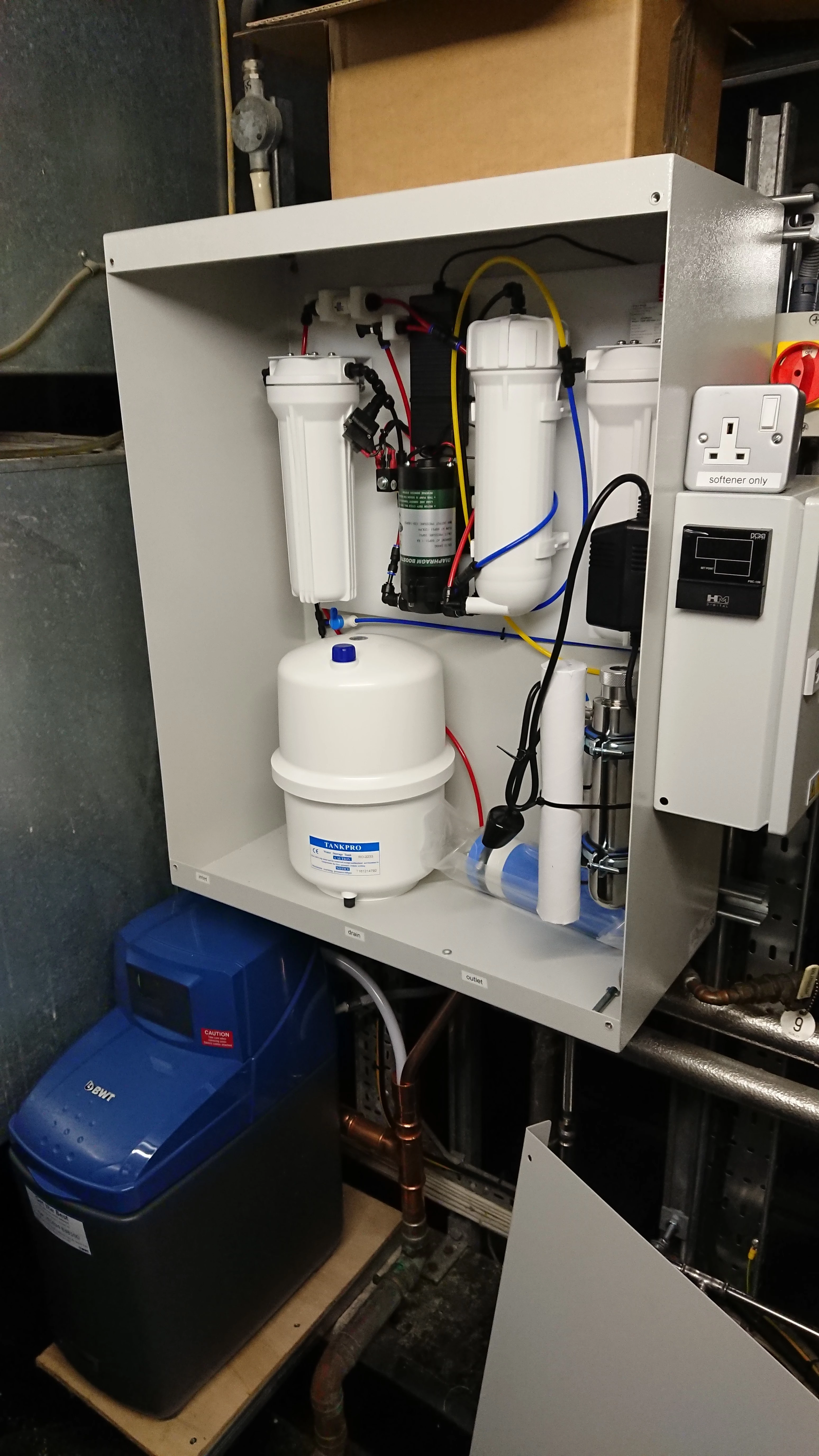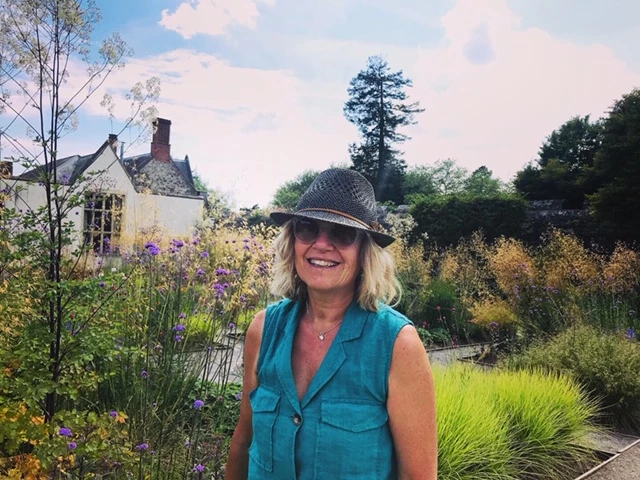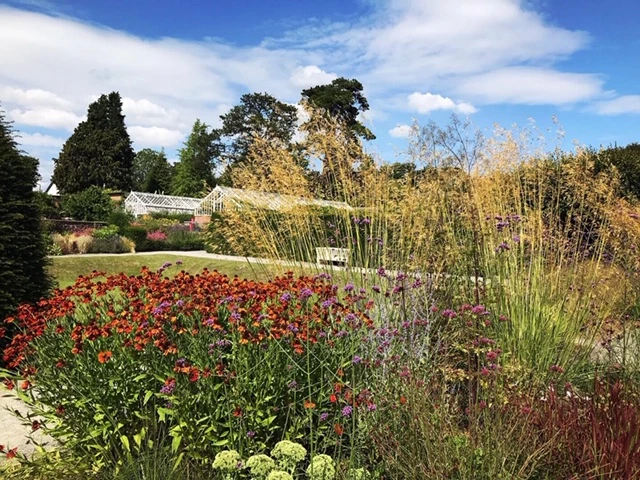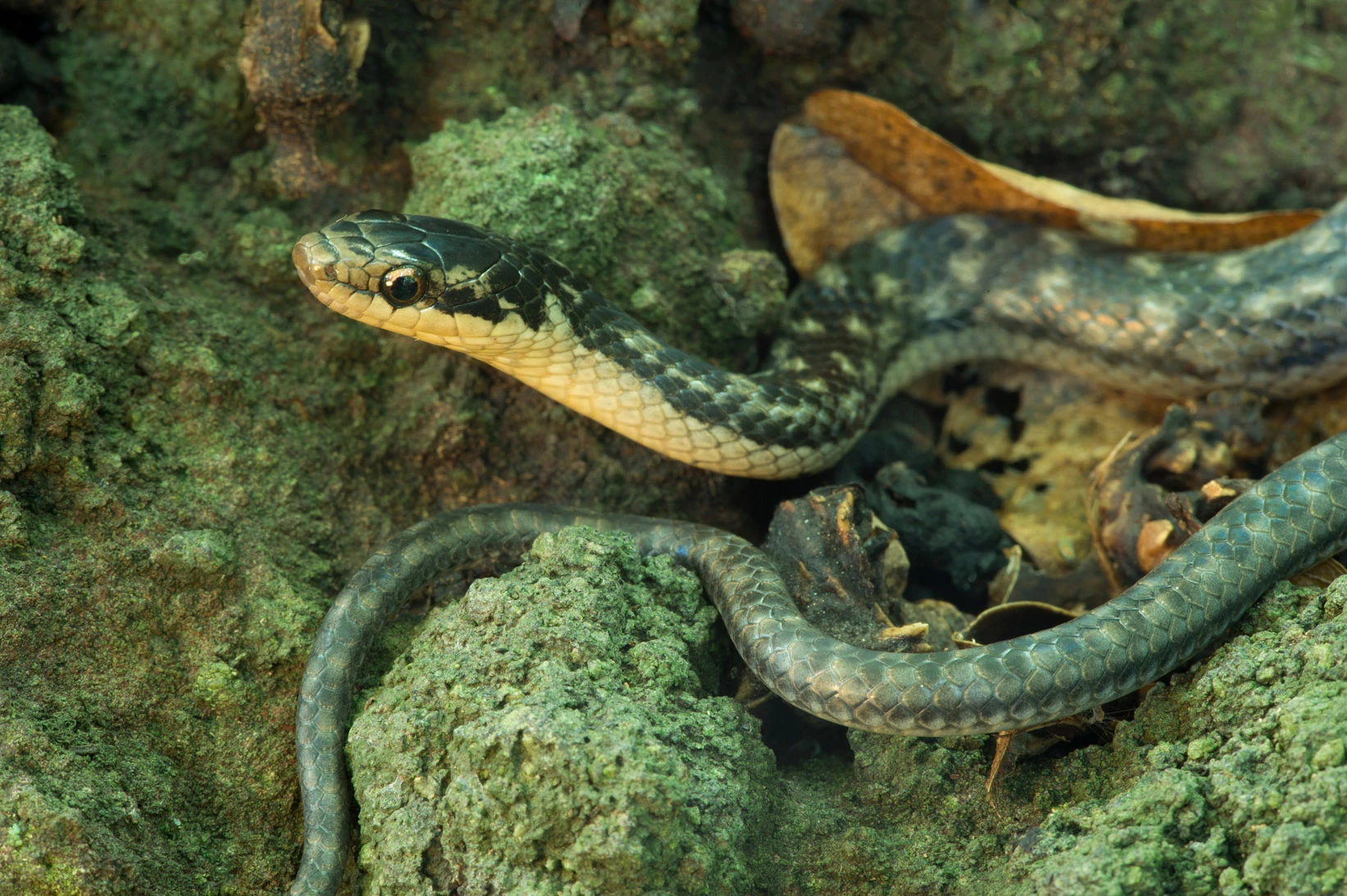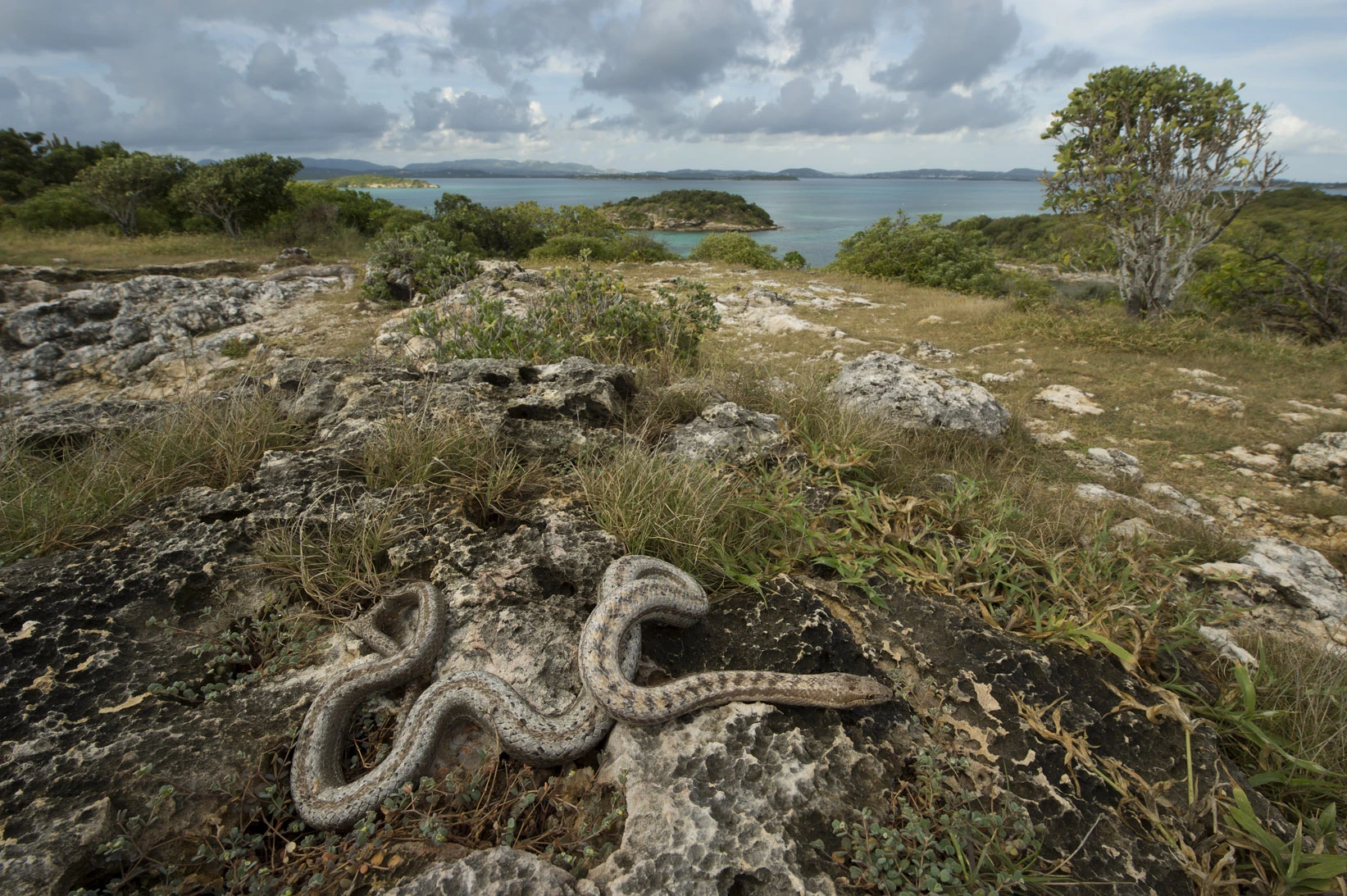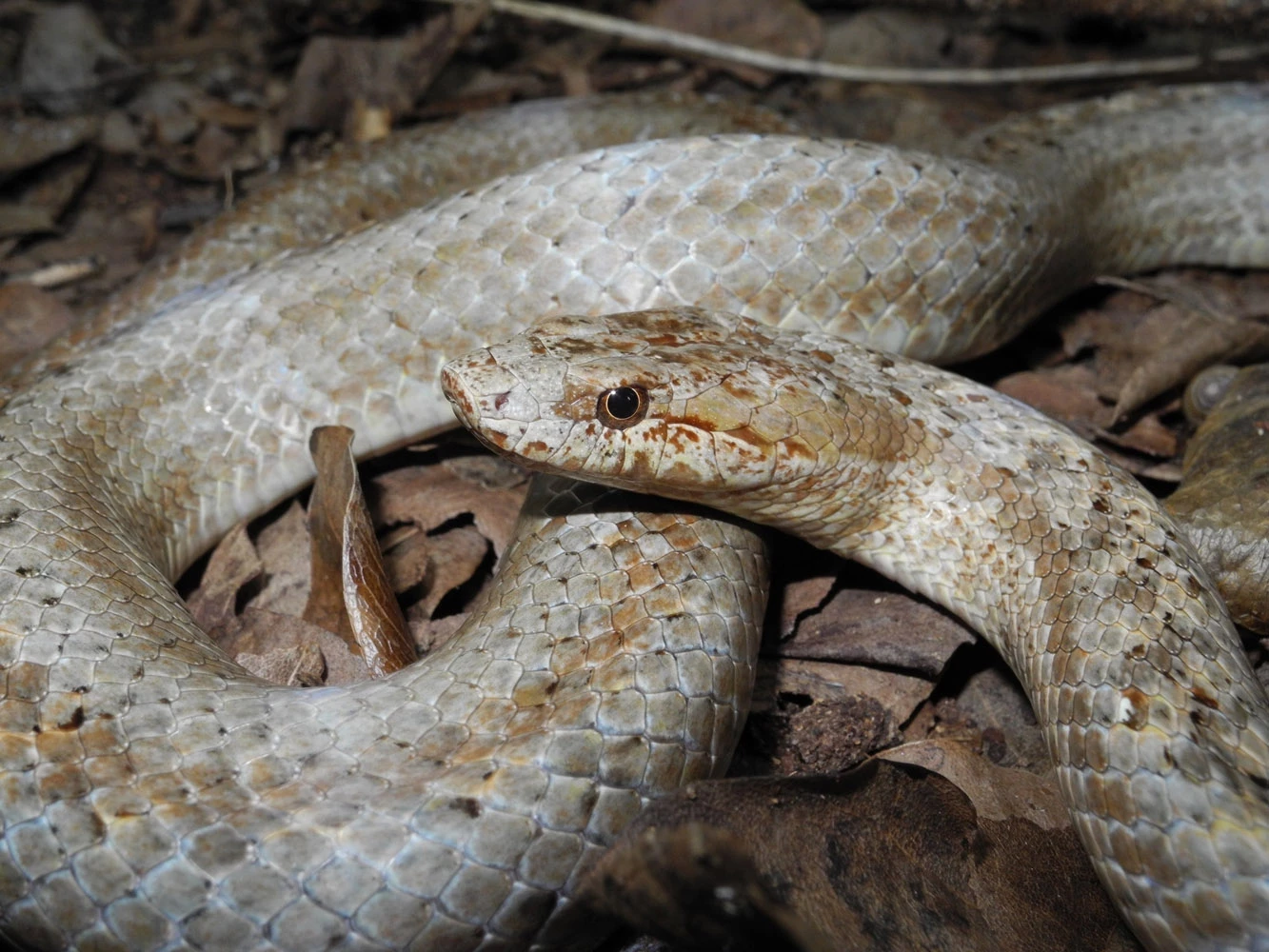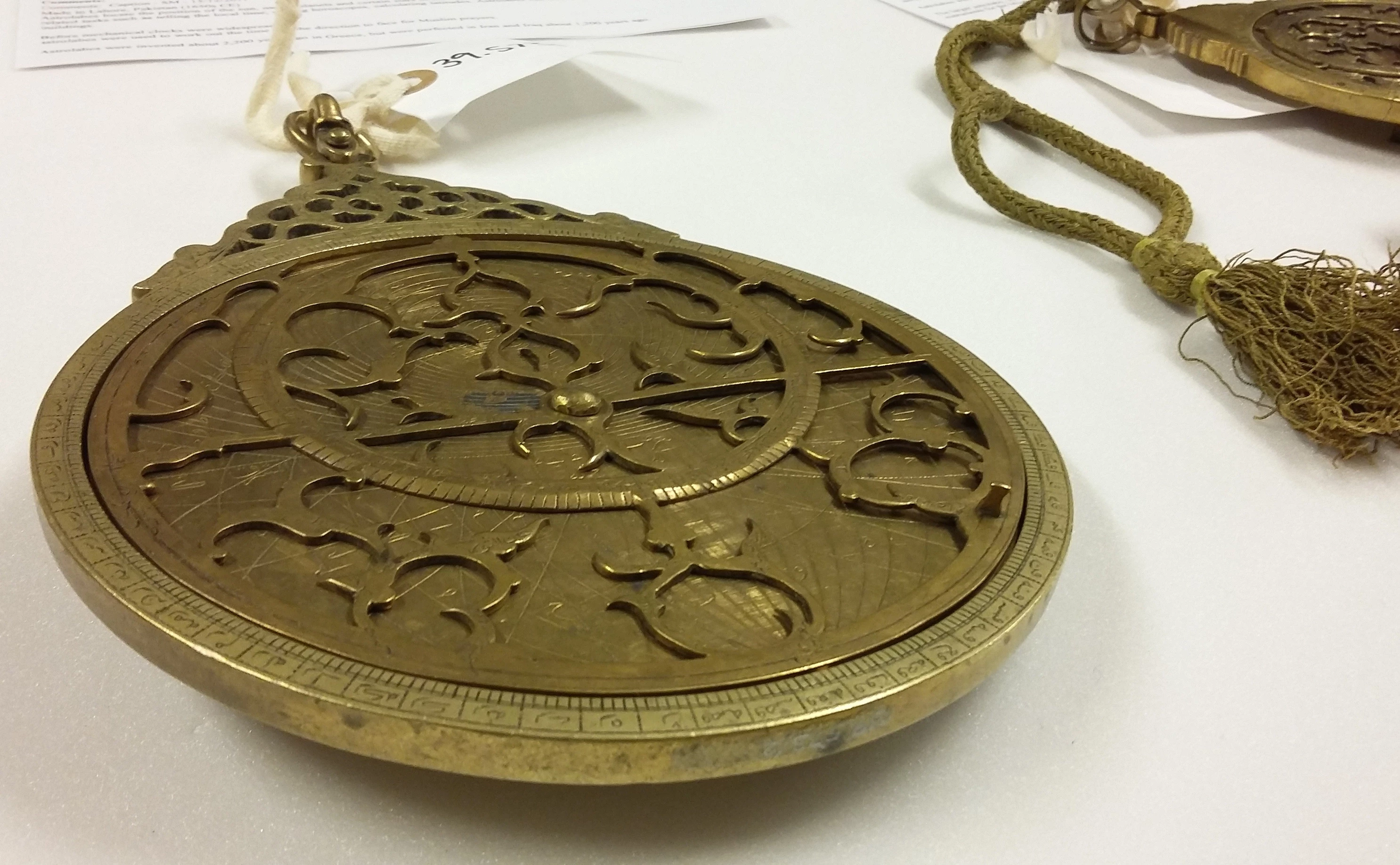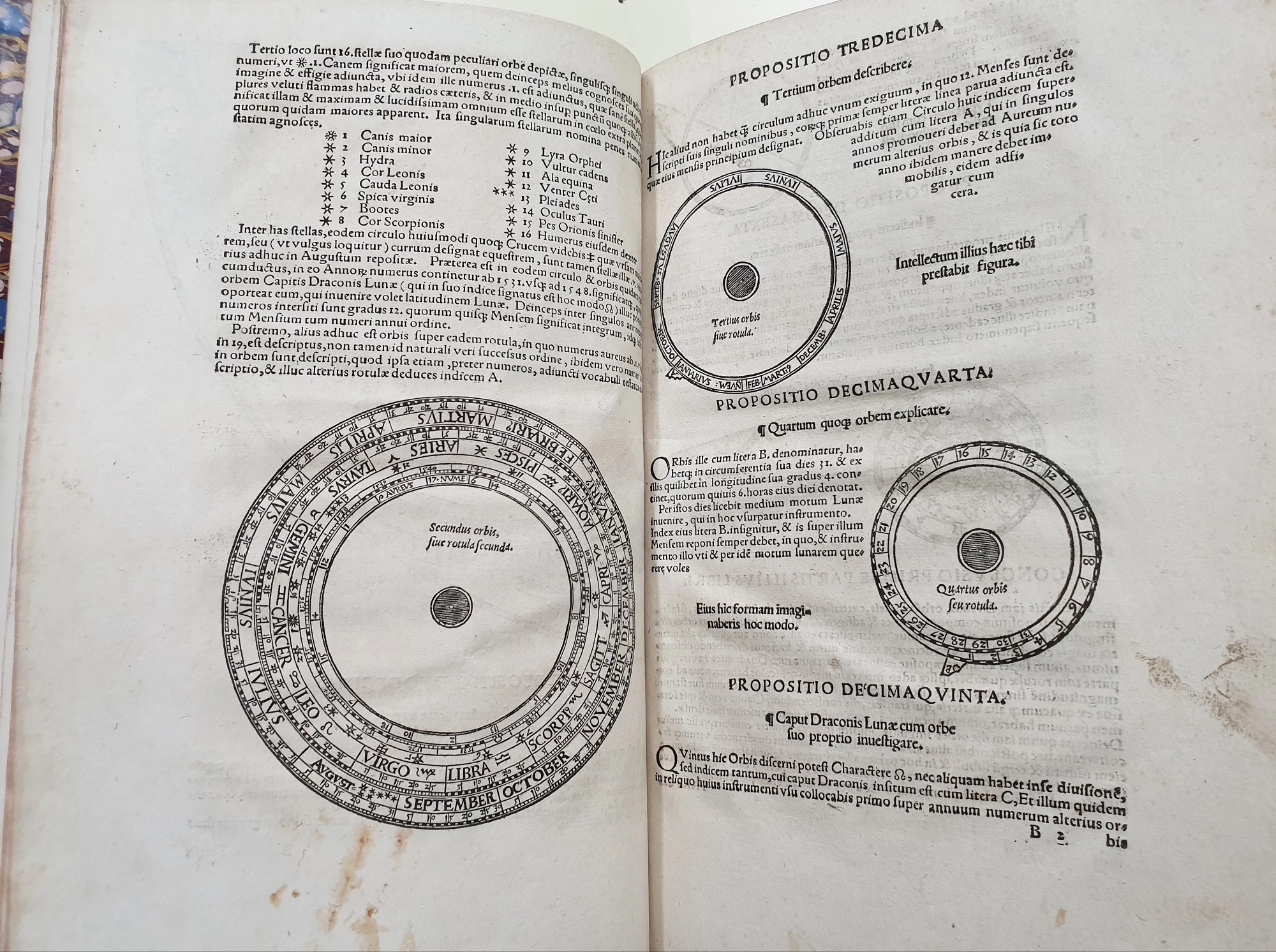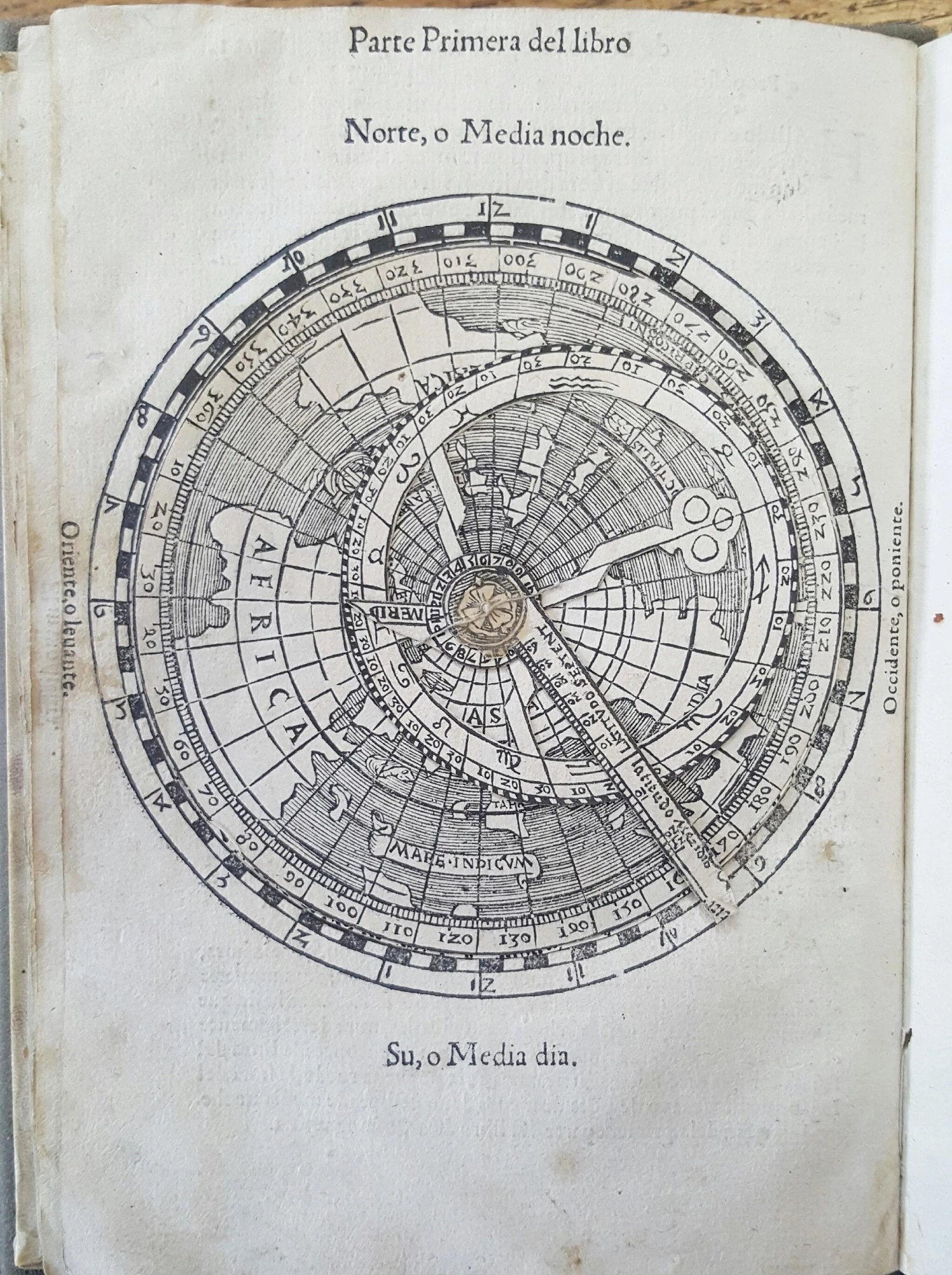Time to chill
, 2 August 2019
One of the best reasons for housing heritage collections inside buildings is that the building keeps the weather out. Paintings, fossils, books and skeletons are best kept dry, and walls and roofs protect our collections (as well as staff and visitors) from the elements.
In addition, many of the objects in our collections also need specific temperature and humidity ranges to prevent them from suffering damage. Too high a humidity can cause swelling of wood, for example, initiating cracks in objects, or, if humidity gets even higher, mould growth. Therefore, National Museum Cardiff has a complicated air conditioning system. This system is more than 40 years old and has been maintenance-intensive and inefficient for some time.
We are happy to report that, after several years of planning, we have just completed the installation of new chillers and humidifiers at National Museum Cardiff. The purpose of chillers in the museum is to provide cold water – for lowering the temperature of galleries and stores in the summer, and for dehumidifying stores and galleries if there is too much moisture in the air. Humidifiers achieve the opposite effect: they increase humidity in stores and galleries if it is too low. Low humidity is usually a problem during the winter months – you may have experienced your skin drying out at home when you have the heating on in winter. To prevent our collections drying out we cannot apply skin cream; instead, we maintain a minimum level of humidity in stores and galleries.
The chillers and humidifiers have been commissioned now, and are working well. They have already proved that the control of our indoor environments is better than it was before. A very positive side effect of the new technologies is that they are much more efficient than the old equipment. In fact, they are so efficient that we are anticipating to shave almost 50% off our annual electricity bill for National Museum Cardiff, saving the planet more than 500 tonnes of carbon dioxide every year. That is the equivalent of taking 100 cars off the road, or the average energy a family home uses in 38 years.
By investing in such new technologies, Amgueddfa Cymru – National Museum Wales continues to ensure the safe storage and display of the nation’s heritage collections, whilst at the same time making a massive contribution towards the National Assembly’s commitment to reduce carbon emissions by 80% by 2050 (Environment Wales Act 2016).
Find out more about Care of Collections at Amgueddfa Cymru - National Museum Wales here and follow us on Twitter. Follow the progress of the maintenance works during the coming months in 2019 on Twitter using the hashtag #museumcare.
